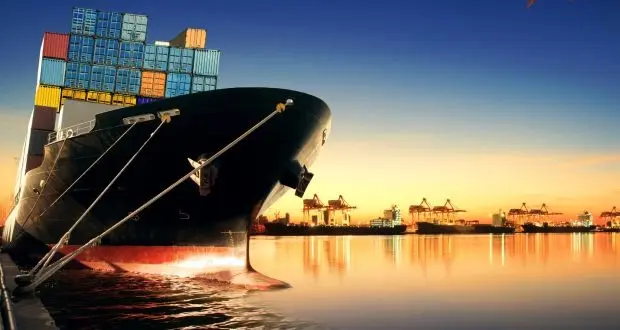Key trends in freight rates and maritime transport costs

With global demand for seaborne trade still uncertain, freight rates continued to be determined by the way supply capacity management was being handled, UN Conference on Trade and Development (UNCTAD) informed on its latest report.
Container freight rates have been very low, and competition on various trade routes has intensified. Market fundamentals in container shipping improved for the first time since 2011, mainly as a result of a contraction in supply growth.
In the same time, he dry bulk sector continued to struggle with existing overcapacity and weak growth in demand, which led to sharp declines in freight rates. Freight rates in all tanker segments went down from the high level of 2015, but were not far from the five-year average across most segments.

Credit: UNCTAD
As UNCTAD reports, 2016 was a challenging year for the container ship sector, although market fundamentals balance improved for the first time since 2011, with growth in demand outpacing that of supply. The overall market demand growth rate for containers shipping grew by 3 per cent in 2016, slightly better than the 2 per cent annual growth in 2015. In contrast, container supply capacity went up by 1 percent, compared with 8 percent in 2015.
As it can be show below, the average spot freight rates on most trade routes were negative, with some exceptions. For example, Far East–Northern Europe trade routes improved slightly, with an annual average increase of about 8 percent in 2016.

Credit: UNCTAD
With regard to total international transport costs, UNCTAD estimates that in 2016 a country spent on average about 15 per cent of the value of its imports on international transport and insurance.
Smaller and structurally vulnerable economies pay significantly more, reaching an average of 22 per cent for small island developing States, 19 per cent for landlocked developing countries, and 21 per cent average for the least developed countries.

Credit: UNCTAD
Lower efficiency in ports, inadequate infrastructure, diseconomies of scale and less competitive transport markets are some of the key factors that underpin the persistent transport cost burden in many developing countries.















![AIRBUS A380 [MORE THAN 600 PASSENGER’S CAPACITY PLANE]](https://cdn.tinn.ir/thumbnail/4jCp4EQvCU0b/IjHVrSYQrIAqIzXuTzADR7qLYX4idQT4nfq__26E5SCUPLMqfhWkWajvuO9Wfq1ql1TjV4dhkrHliNQU82kMpo2NNftT_NGEwHc9KXtN_rk731bmifa2IQ,,/airbus-a380-structure1.jpg)

Send Comment